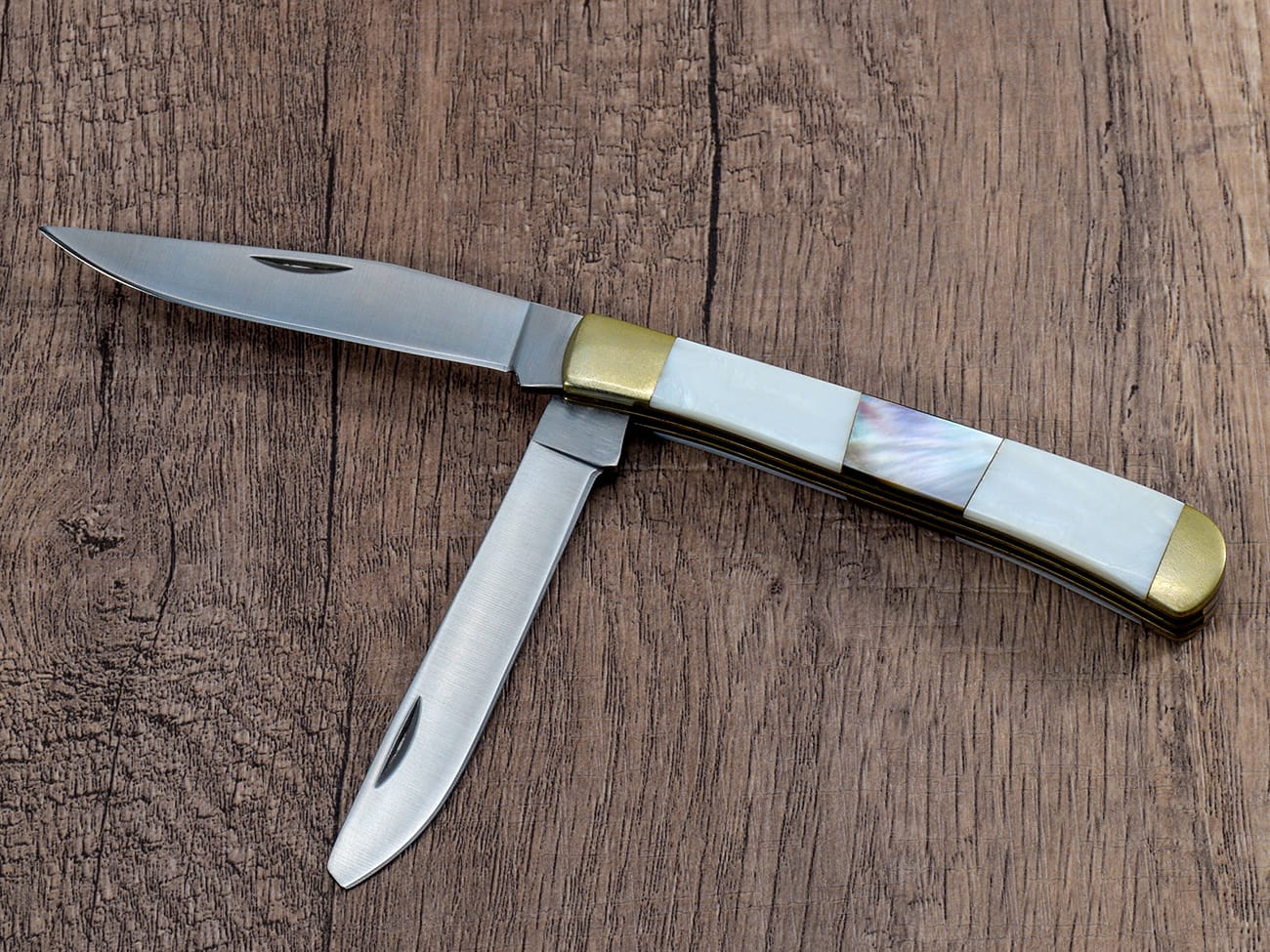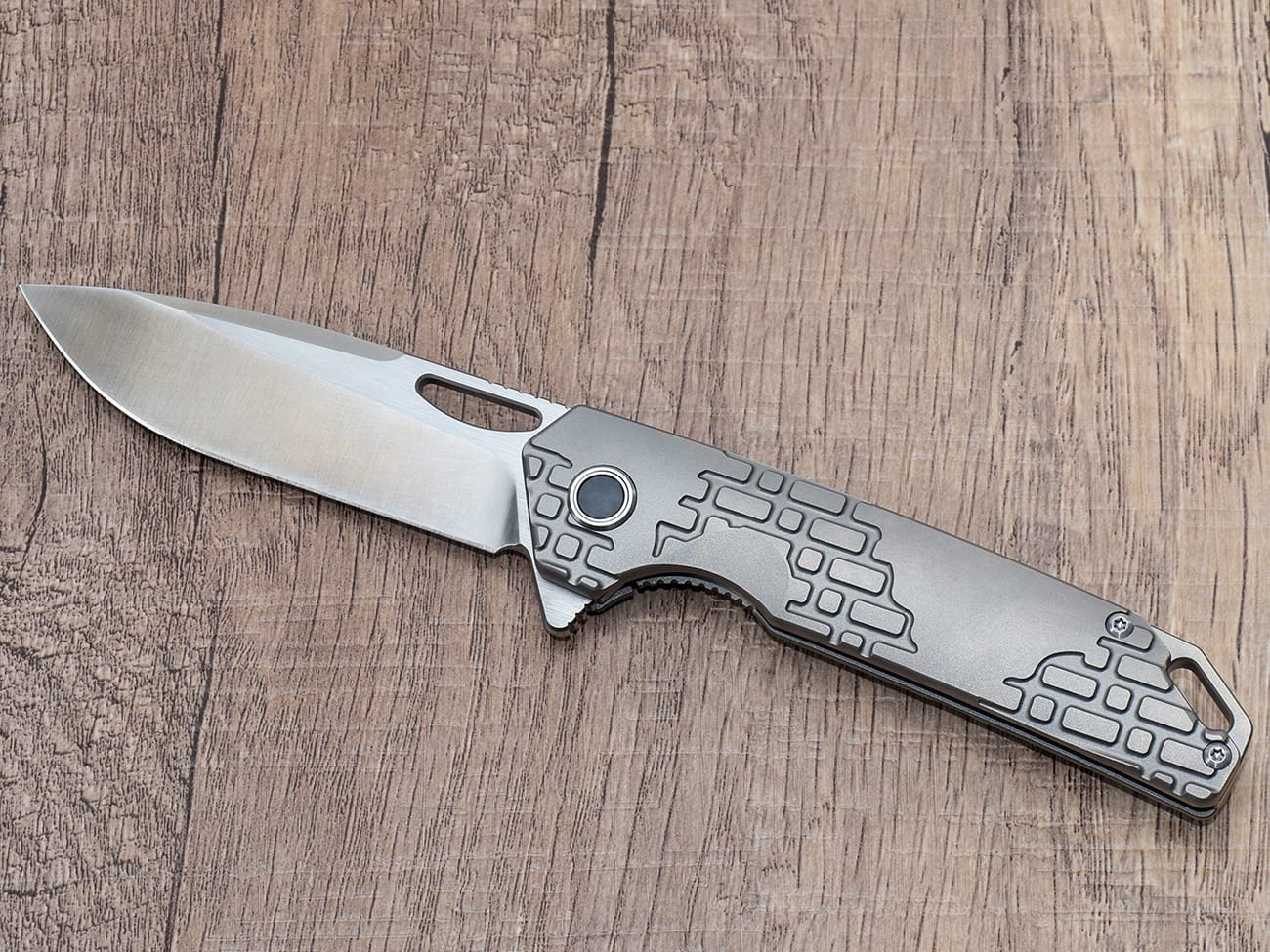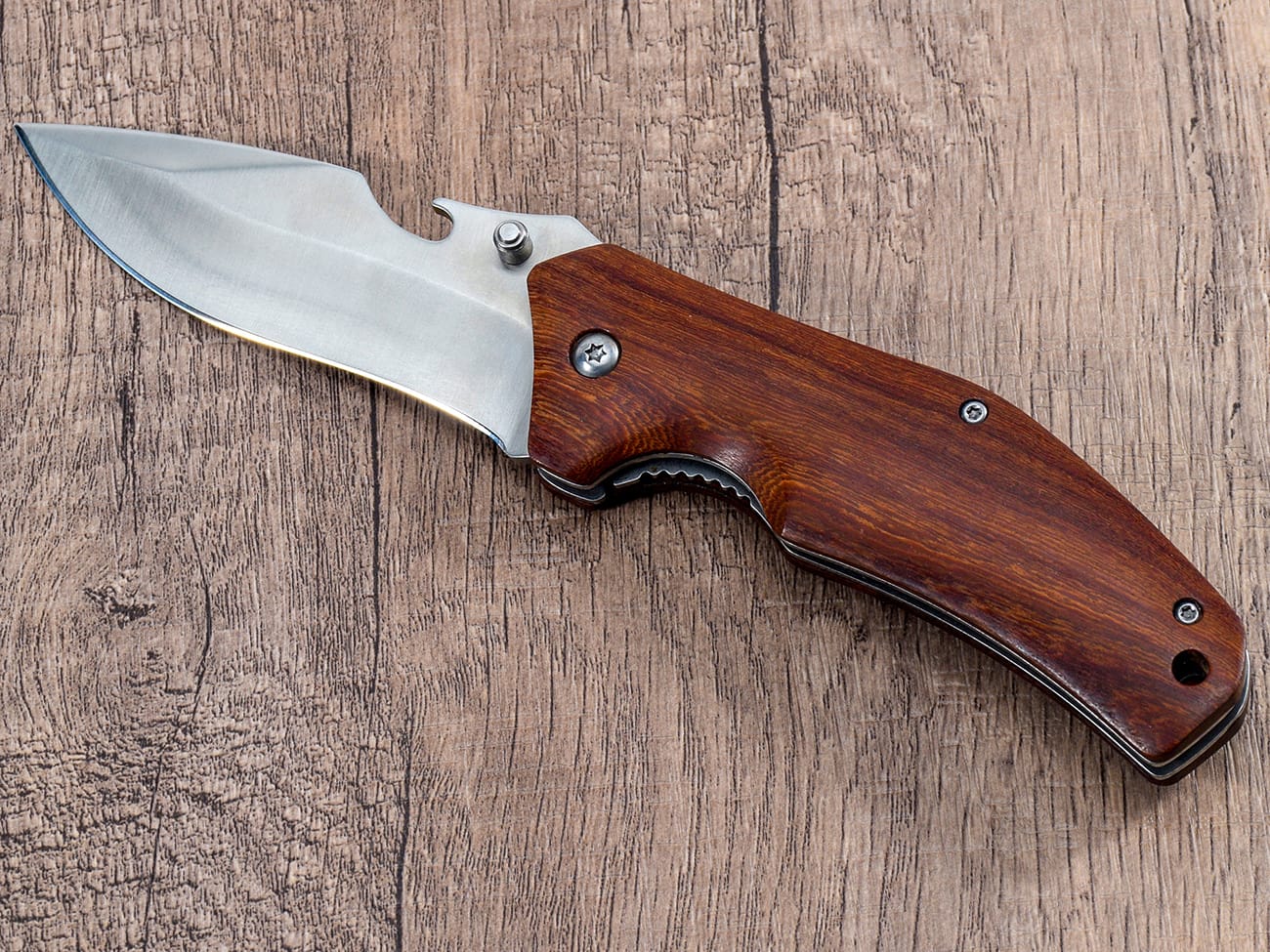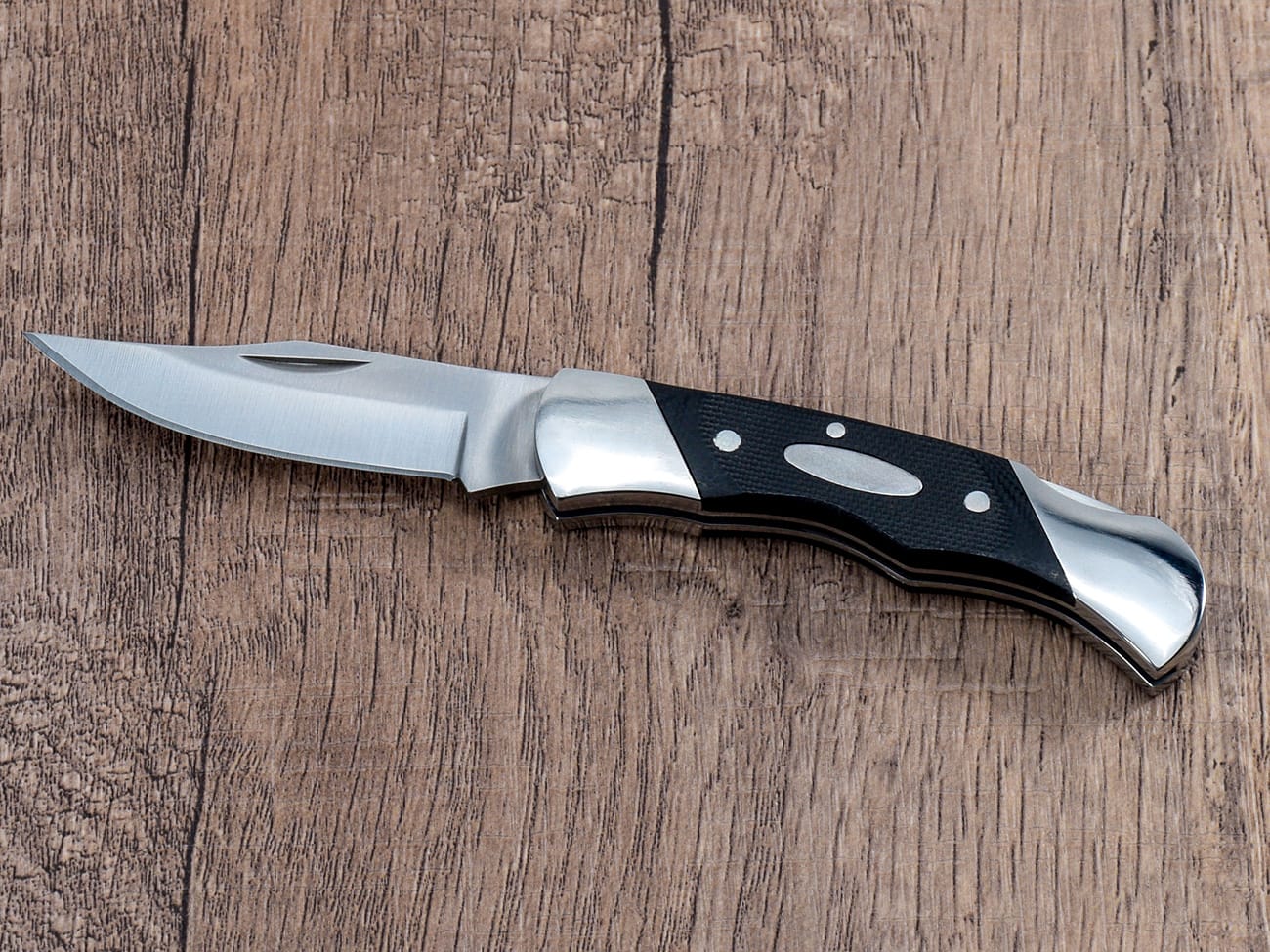Are you tired of struggling with dull blades in your folding utility knife? Whether you’re a DIY enthusiast, a professional tradesperson, or just someone who appreciates a sharp tool, knowing how to change the blade in your folding utility knife is an essential skill. In this comprehensive guide, we’ll walk you through the process step-by-step, ensuring you can swap out blades quickly and safely. Read on to discover expert tips, common pitfalls to avoid, and how to maximize the lifespan of your utility knife.
Why Is This Article Worth Reading?
Mastering the art of changing blades in your folding utility knife not only extends the life of your tool but also ensures you’re always working with a sharp, efficient blade. This skill can save you time, money, and frustration in the long run. Whether you’re using a DeWalt folding utility knife or any other brand, this guide will equip you with the knowledge to maintain your tool like a pro.
The Anatomy of a Folding Utility Knife: What You Need to Know
Before we dive into the blade-changing process, let’s familiarize ourselves with the key components of a folding utility knife:
- Handle
- Blade
- Blade release mechanism
- Blade storage compartment
- Locking mechanism
- Pocket clip (on some models)
Understanding these parts will make the blade-changing process much easier.
Safety First: Precautions to Take Before Changing the Blade
What safety measures should you consider before attempting to change the blade?
- Always wear cut-resistant gloves
- Work in a well-lit area
- Keep the knife closed when not in use
- Dispose of old blades properly in a sharps container
Remember, safety should always be your top priority when handling sharp objects.
Step-by-Step Guide: How to Change the Blade in Your Folding Utility Knife
Ready to change that dull blade? Follow these steps for a smooth blade-changing experience:
- Open the knife fully
- Locate the blade release mechanism
- Activate the release mechanism (this may vary depending on your knife model)
- Carefully remove the old blade
- Insert the new blade
- Ensure the new blade is securely locked in place
- Test the knife’s functionality
Pro tip: Always handle the blade by its non-sharp edges to avoid injury.
Common Challenges When Changing Utility Knife Blades (and How to Overcome Them)
What obstacles might you encounter during the blade-changing process?
- Stuck or rusted blades
- Difficult-to-access release mechanisms
- Improper blade alignment
We’ll discuss solutions to these issues and more, ensuring you’re prepared for any situation.
Choosing the Right Replacement Blade: What to Look For
How do you select the best replacement blade for your folding utility knife?
- Consider the blade material (e.g., carbon steel, stainless steel)
- Check for compatibility with your knife model
- Determine the appropriate blade thickness
- Decide between standard or specialty blades based on your needs
Making the right choice can significantly impact your knife’s performance and longevity.
Extending the Life of Your Utility Knife Blades: Maintenance Tips
What can you do to make your utility knife blades last longer?
- Clean the blade after each use
- Store the knife properly in a dry place
- Use the right blade for the job
- Sharpen blades when necessary (if applicable)
Following these tips can help you get the most out of your utility knife blades.
The Environmental Impact of Disposable Blades: Sustainable Alternatives
Are you concerned about the environmental impact of disposable utility knife blades? We’ll explore eco-friendly options and discuss responsible disposal methods for used blades.
Tool-Free Blade Changes: The Future of Folding Utility Knives?
Many modern folding utility knives feature tool-free blade changes. We’ll examine the pros and cons of these designs and discuss whether they’re worth the investment.
Troubleshooting: What to Do When Your Blade Won’t Change
Having trouble changing your utility knife blade? We’ll provide a comprehensive troubleshooting guide to help you overcome common issues and get your knife back in working order.
The Evolution of Utility Knife Design: From Fixed to Folding
Let’s take a brief look at the history of utility knives and how folding designs have revolutionized their portability and safety features.
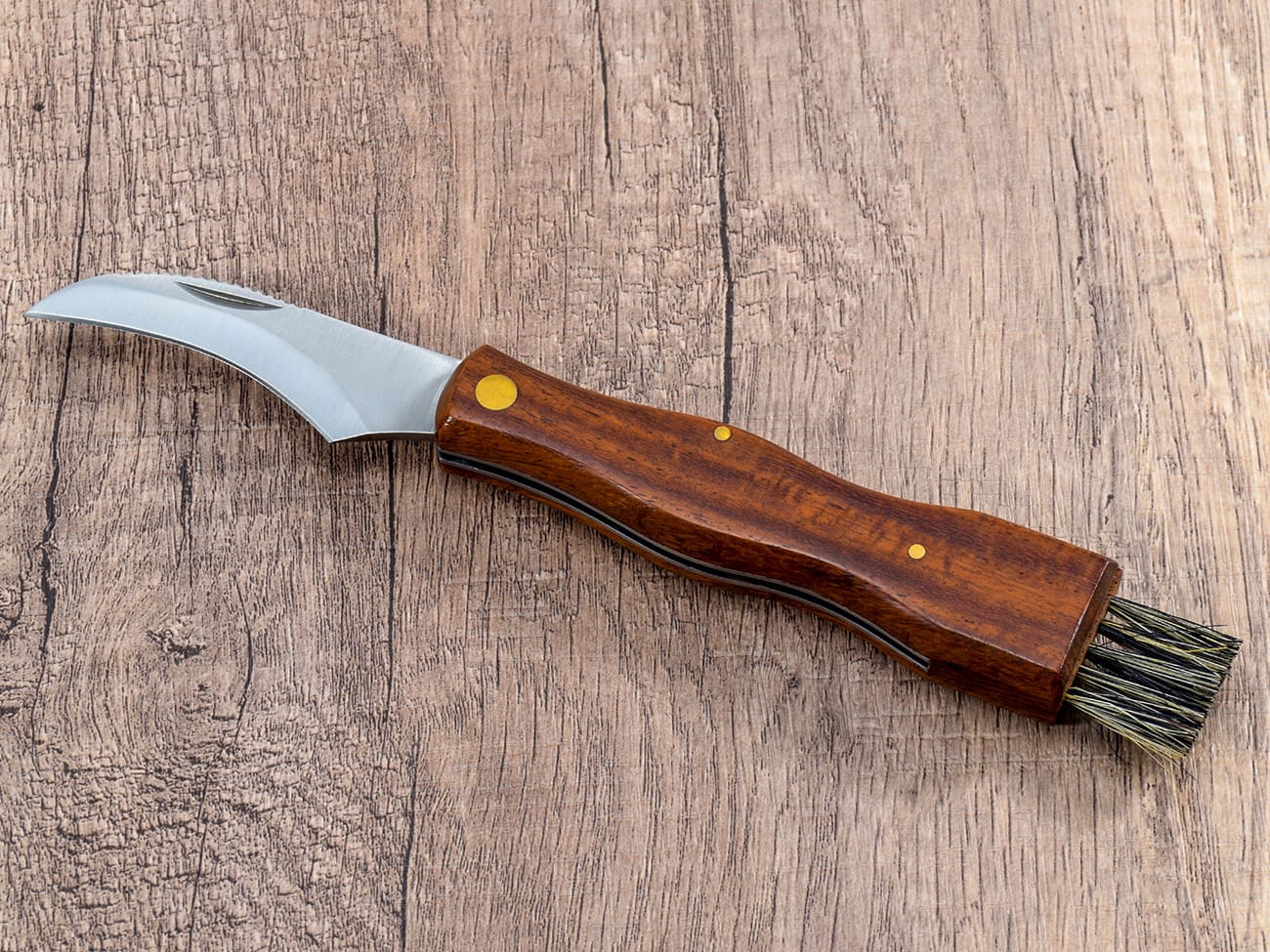
A modern folding utility knife with a wooden handle and sanded blade, showcasing the evolution of utility knife design.
Conclusion: Mastering Your Folding Utility Knife
Changing the blade in your folding utility knife doesn’t have to be a daunting task. With the knowledge and tips provided in this guide, you’ll be able to swap out blades quickly, safely, and efficiently. Remember to prioritize safety, choose the right blades for your needs, and maintain your knife properly to ensure its longevity.Key takeaways:
- Always prioritize safety when handling utility knife blades
- Familiarize yourself with your knife’s components and blade release mechanism
- Choose the right replacement blades for your specific needs
- Properly maintain your utility knife to extend its lifespan
- Consider eco-friendly alternatives and responsible disposal methods for used blades
- Practice makes perfect – the more you change blades, the more comfortable you’ll become with the process
By mastering the art of changing blades in your folding utility knife, you’ll ensure that you always have a sharp, reliable tool at your disposal. Happy cutting!

